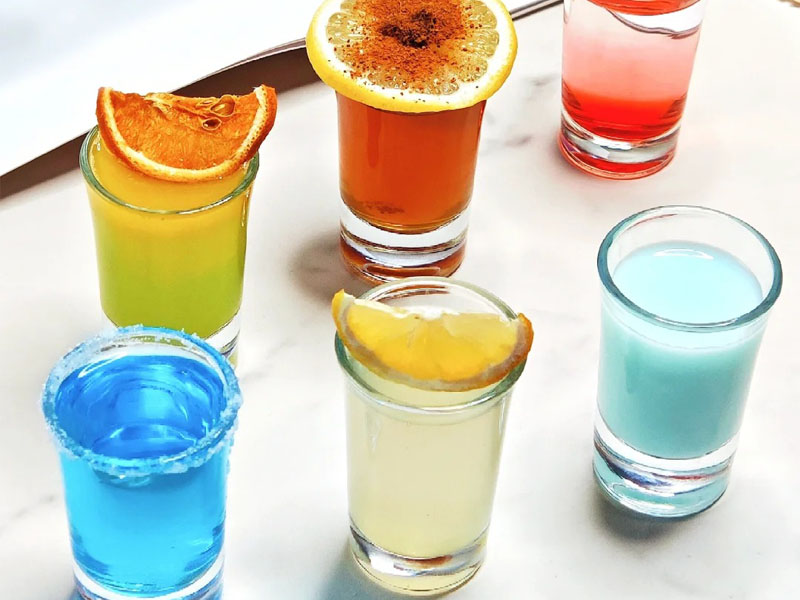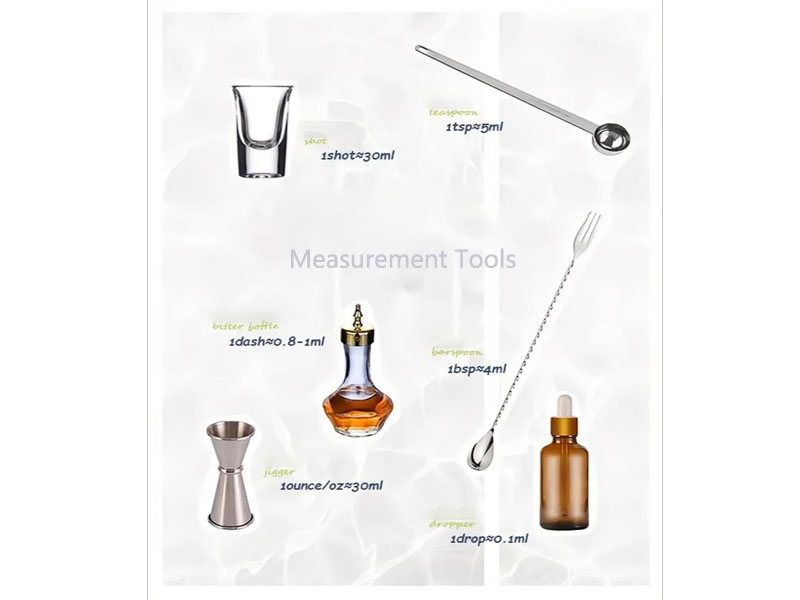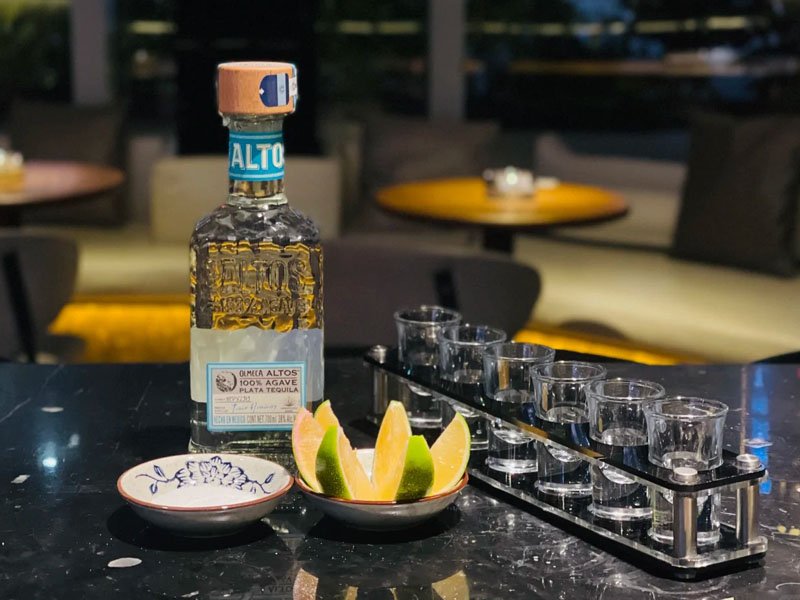In a Tokyo bar, a 60 mL saké shot signals respect; in a Chicago dive, a 1 oz shot fuels debate. Shots spark curiosity worldwide, but varying sizes across regions, bars, and glass designs confuse bartenders, home mixologists, and travelers. How can you master shot sizes to pour, order, or enjoy drinks with confidence? This guide delivers a comprehensive roadmap to shot sizes, measurement tools, global standards, and cultural trends, equipping you with clear answers and practical solutions.
Understanding shot sizes, practical techniques, global variations, and cultural trends empowers you to pour, order, and enjoy shots with precision and confidence. Standard shot sizes clarify consistent pours. Practical measurement tools ensure accuracy for bartenders and home users. Global and regional differences guide diverse contexts. Cultural rituals and modern trends enrich the experience.
With this complexity in mind, clear shot size standards set the foundation for confident pours.

Standard Shot Sizes for Clarity
Bartenders and home mixologists rely on standard shot sizes for consistent cocktails and responsible drinking. Variations across regions and terms like “pony” or “double” create uncertainty. What are the key shot sizes to know?
Standard shot sizes clarify pouring and drinking choices, ensuring consistency and safety.
-
The U.S. standard shot measures 1.5 oz (44 mL), aligning with bartending and health guidelines. It contains 0.6 oz pure alcohol (alcohol by volume, or ABV, measures liquor strength) at 40% ABV, equal to a 12 oz beer (5% ABV) or 5 oz wine (12% ABV), per the CDC.
“The 1.5 oz standard ensures cocktail consistency and safe drinking.”
— Sarah Johnson, Senior Beverage Analyst, WebstaurantStore -
State variations adjust the standard. Utah mandates 1.25 oz, Chicago pours 1 oz for shots and 2 oz for neat drinks (liquor without ice), and Texas often exceeds 1.5 oz, according to a 2024 Bartender’s Guild report.
State Shot Size Utah 1.25 oz Chicago 1 oz (shot), 2 oz (neat) Texas 1.5 oz+ -
Terminology defines pour sizes, reducing confusion. A pony shot is 1 oz, common in budget bars. Neat (no ice) or rocks (over ice) pours range from 2-3 oz. A double shot is typically 3 oz but may be 2 oz in some bars. Australia’s nip measures 30 mL (1.01 oz).
“A pony at 1 oz prevents overpouring in a busy bar.”
— Michael Chen, Lead Bartender, Mixology Academy -
Health standards guide safe drinking. A 1.5 oz shot equals one standard drink, which the liver processes hourly, per the CDC. Track intake with a shot tracker app (e.g., DrinkAware, 2025) to limit to one shot per hour, reducing risks like liver damage.
-
Measurement units require clarity. A U.S. fluid ounce is 29.573 mL, while an Imperial fluid ounce (U.K.) is 28.4 mL. Canada’s ounce is 28 mL, often rounded to 30 mL for simplicity.
Building on this clarity, practical tools ensure accurate pours for any setting.
Practical Measurement Techniques for Accurate Pours
Precise measurements create consistent cocktails, control costs, and satisfy customers. Inconsistent tools and glass designs challenge accuracy. How can you measure shots accurately?
Practical measurement techniques deliver precise pours with versatile tools, addressing bartender and home mixology needs.
-
Use DIY tools for accessible measurements. Three tablespoons (1 tbsp = 0.5 oz) or nine teaspoons (1 tsp = 5 mL) equal a 1.5 oz shot. A barspoon measures 4 mL, ideal for liqueurs. Bitter bottles deliver 0.8-1 mL per dash, and droppers offer 0.1 mL for precise bitters. A bottle cap approximates 0.5 oz.
Tool Measurement Tablespoon 3 tbsp = 1.5 oz Teaspoon 9 tsp = 1.5 oz (5 mL) Barspoon 1 barspoon = 4 mL Bitter Bottle 0.8-1 mL per dash Dropper 0.1 mL per drop Bottle Cap ~0.5 oz  `
` -
Choose jiggers for professional precision. Standard jiggers measure 1.5 oz/1 oz, while Japanese jiggers offer 1 oz/2 oz with 0.5 oz and 0.75 oz markings. Craft bars prefer Japanese jiggers for versatility, per a 2025 Mixology Trends Report. In 2025, smart jiggers with Bluetooth track pours via apps, enhancing home mixology.
-
Master free-pouring for speed, but verify with tools. A 4-second pour yields 1.5 oz, common in dive bars but less accurate, per a 2024 Liquor.com survey. Confirm with a jigger to avoid errors.
-
Adjust for thick-bottomed glasses to counter reduced volume. A 1.5 oz shot may appear as 1 oz in thick-bottomed glasses, prompting complaints, per a 2024 Reddit thread. Fill with water and measure with a jigger to verify capacity; pour to the brim for accuracy.
Example: When a customer requests a “stronger shot,” clarify if they want a 2 oz neat pour or a 3 oz double, using a jigger.
— Lisa Wong, Head Mixologist, Craft Cocktail Institute
Checklist for Accurate Pours:
- Select a jigger (1.5 oz) or 3 tablespoons for a standard shot.
- Verify glass capacity with a jigger to avoid thick-bottomed glass errors.
- Use droppers (0.1 mL) for bitters or barspoons (4 mL) for liqueurs.
As practical techniques ensure precision, global and regional variations guide adaptability.
Global and Regional Shot Size Variations
Shot sizes vary by culture, laws, and bar practices, confusing travelers and professionals. What are the key differences in shot sizes?
Global and regional variations guide informed choices in diverse drinking contexts.
-
Global standards range from 20 mL to 60 mL:
- U.K.: 25 or 35 mL, doubles at 50 mL, per legal mandates.
- Japan: 60 mL saké shots.
- Russia: 50 mL vodka toasts.
- Germany: 20 mL.
- Australia: 30 mL (nip).
- Norway: Max 40 mL, no doubles.

-
U.S. regional differences reflect local laws: Utah mandates 1.25 oz, Chicago pours 1 oz shots and 2 oz neat drinks, Minneapolis favors 2 oz, and Texas exceeds 1.5 oz, per a 2024 Bartender’s Guild report.
-
Bar types influence pours: College bars use 1 oz for low prices, upscale bars pour 2 oz for premium appeal, and dive bars may reach 3 oz for loyalty, per a 2024 Liquor.com survey.
As regional pours shape expectations, cultural rituals and trends add meaning to shots.
Cultural Rituals and Modern Trends in Shots
Shots carry cultural meaning and reflect evolving trends. Misunderstanding rituals or trends disconnects drinkers from the experience. How do rituals and trends shape shots?
Cultural rituals and modern trends enrich the shot experience with tradition and innovation.
-
Craft cocktail trends drive 2-2.5 oz pours. Old Fashioned and Negroni cocktails use 2-2.5 oz base spirits for bold flavors, fueled by speakeasy revival, per a 2025 Mixology Trends Report.
“Modern cocktails demand 2 oz minimum for bold flavors.”
— David Lee, Senior Mixologist, Speakeasy Collective -
Cultural drinking rituals define experiences. In Moscow, I poured 50 mL vodka shots for a toast, uniting strangers in camaraderie, per a bartender’s anecdote. Japan’s 60 mL saké shots reflect respect, while Mexico’s 40 mL tequila shots pair with sangrita chasers, per Tastemade.
-
Eco-friendly and smart barware enhance mixology. Stainless steel jiggers promote sustainability, and smart jiggers with Bluetooth track pours via apps, per a 2025 Liquor.com review.
-
Collectible shot glasses personalize drinking. Branded glasses, popular in tourist bars, serve as souvenirs, per The Spruce.
Understanding shot sizes, practical tools, global variations, and cultural trends empowers you to master shots. This guide clarified the 1.5 oz standard, provided tools like jiggers and droppers, explored global sizes from 20 mL to 60 mL, and highlighted rituals and trends like smart barware. Use 1.5 oz as your baseline, adapt to regional standards, and embrace cultural traditions for confident pours.




